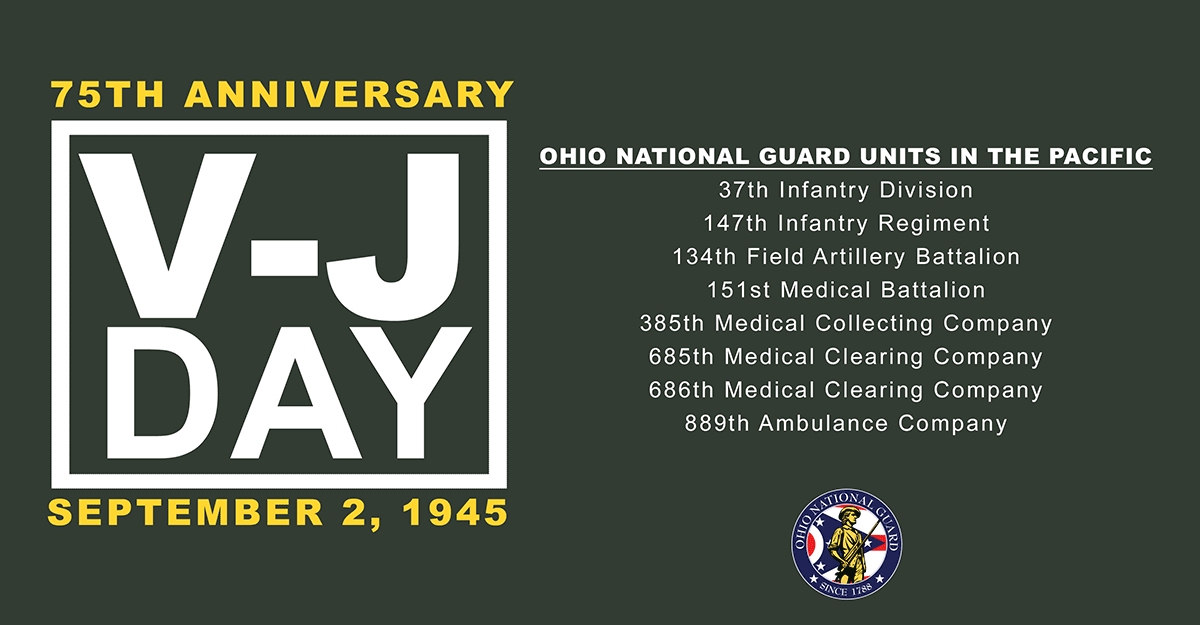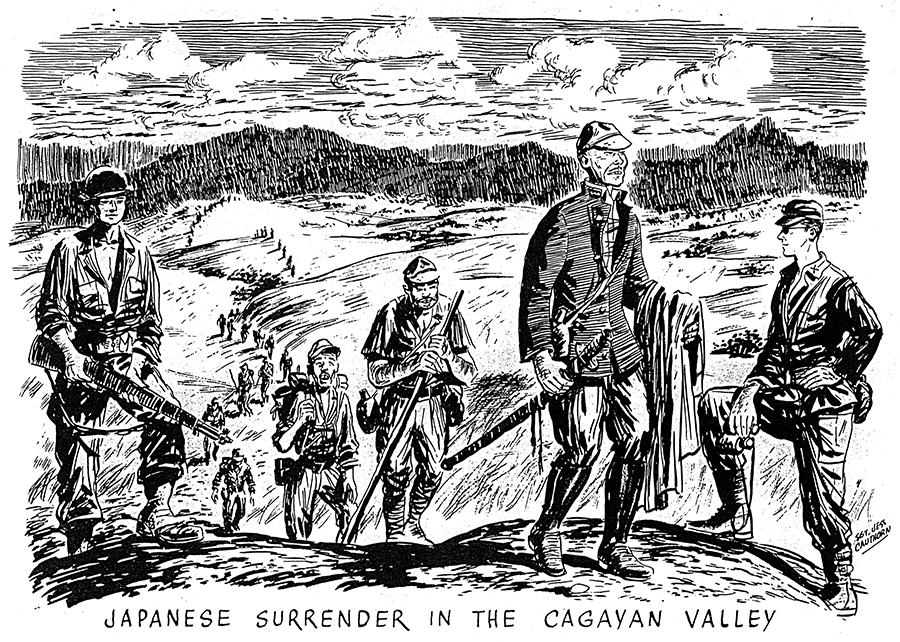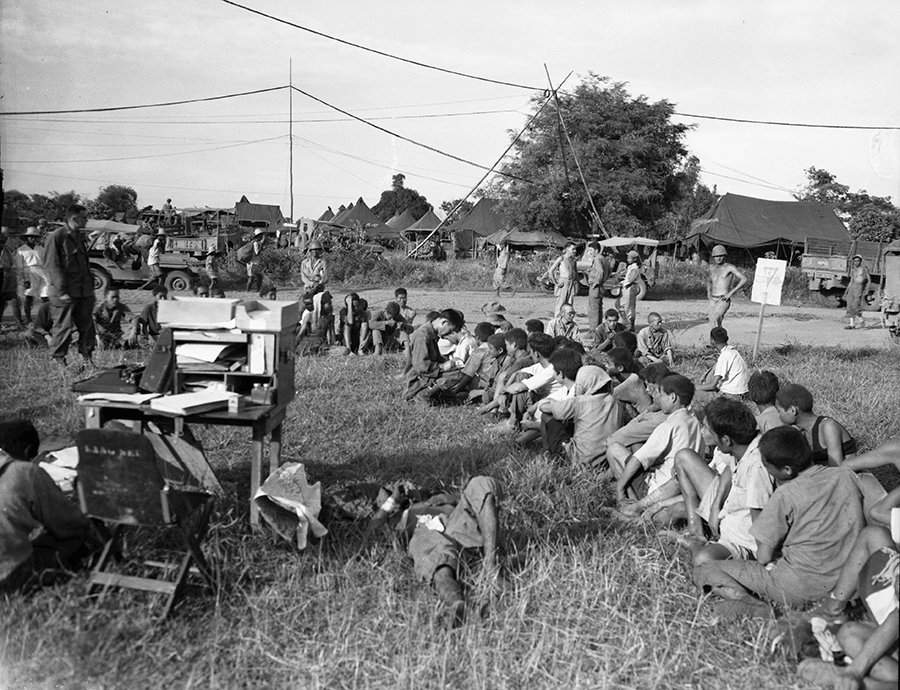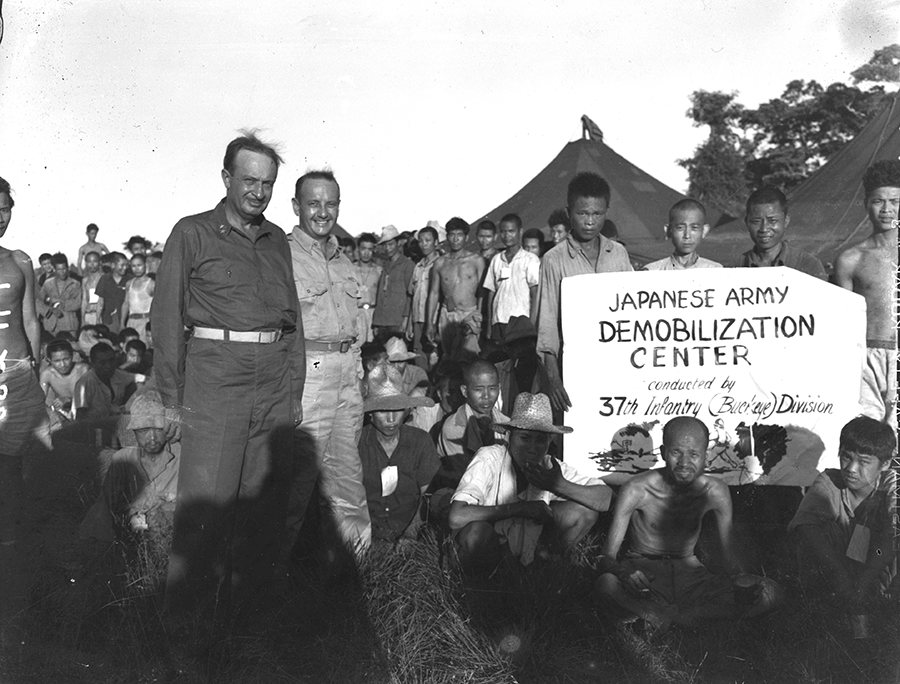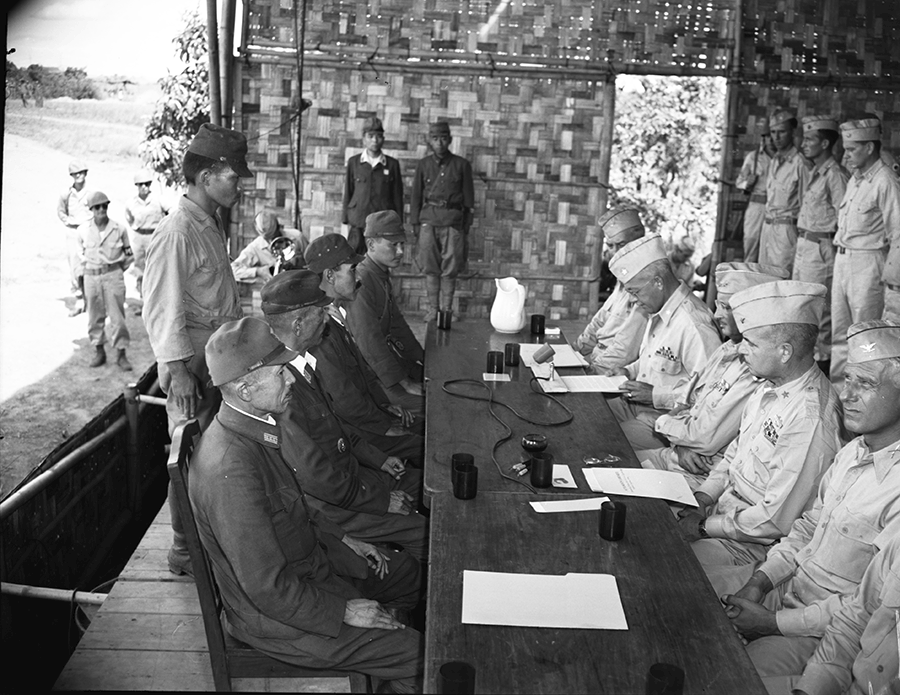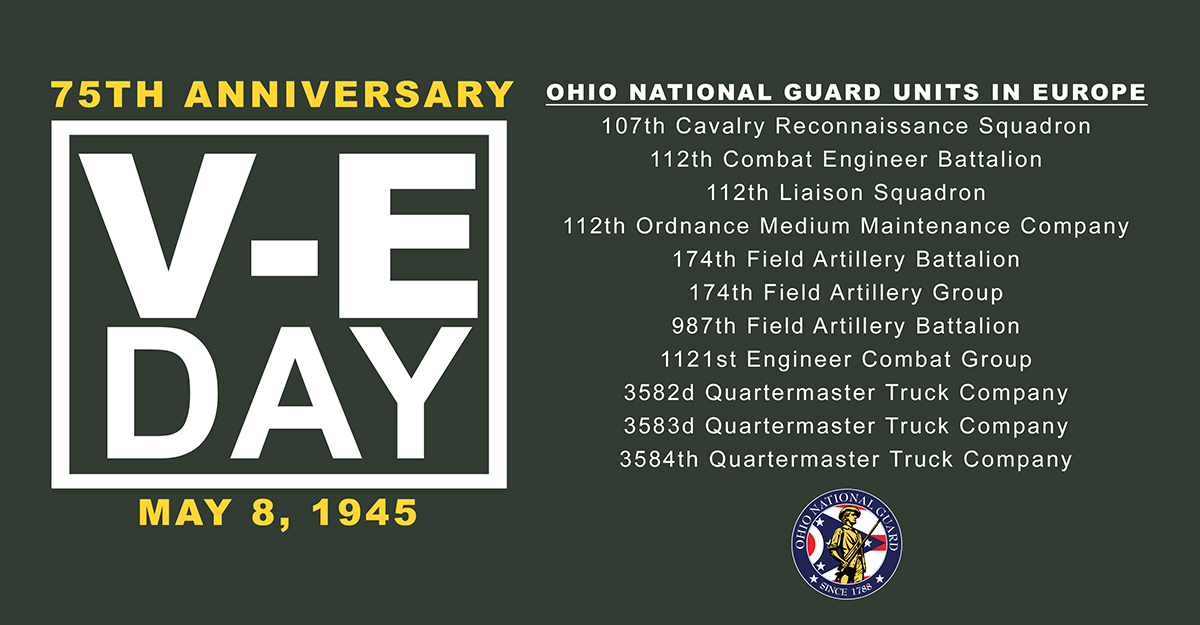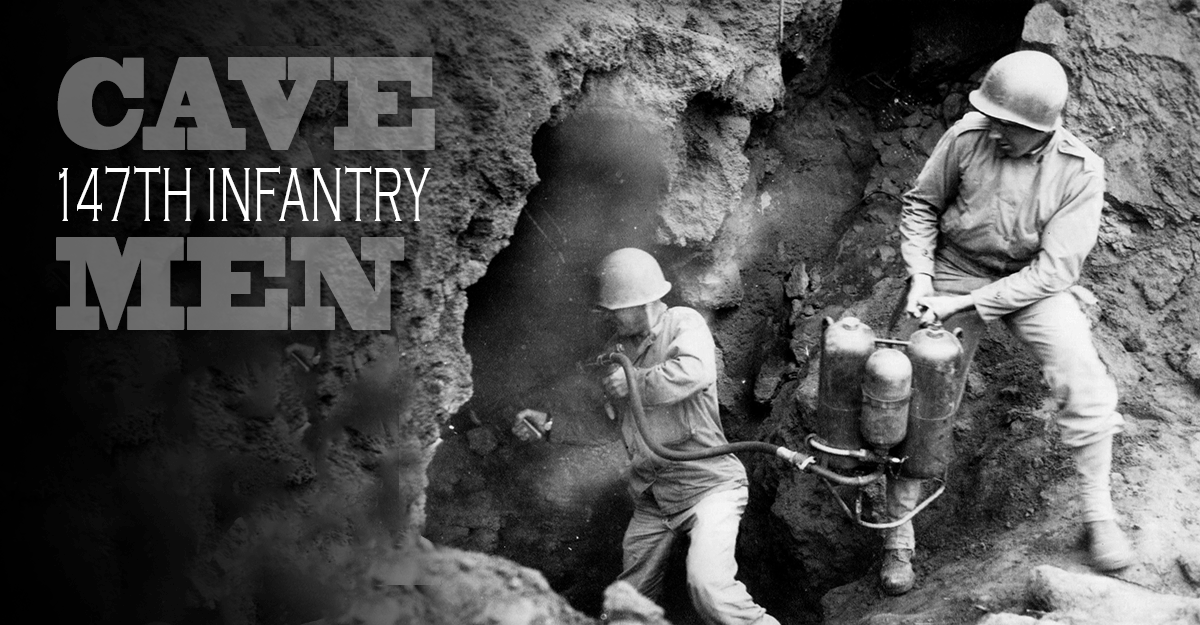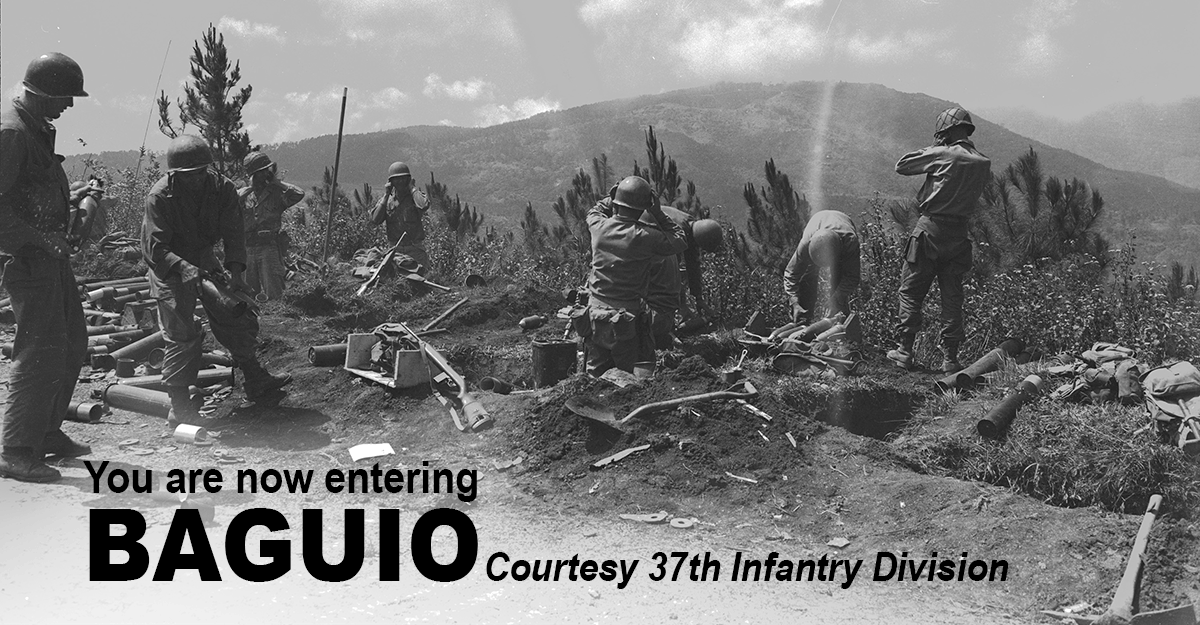‘It’s over and we’re coming home soon!’: Marking the 75th anniversary of V-J Day
Compiled by Sgt. 1st Class Joshua Mann, Ohio Army National Guard Historian
“15 August —
Theater-wide cease fire was ordered into effect.”
This simple entry in the 3rd Battalion, 148th Infantry operations journal had been sought by the men of the 37th Infantry Division since 1940. Japan had surrendered. It was all over now!
While Aug. 15, 1945, marks the day that Imperial Japan accepted the terms of the Potsdam Declaration, it was not until Sept. 2 of that year that the Japanese signed the surrender documents in Tokyo Bay. President Harry Truman officially declared Sept. 2 as V-J Day — Victory over Japan Day — therefore ending World War II. The finish came three months after V-E Day, which marked the surrender of Germany and the end of the war in Europe.
For the men of the 37th Infantry Division, still fighting remnants of the Japanese army in northern Luzon, word began to trickle in about a possible Japanese surrender as early as Aug. 10.
According to the division history, “Men poured from their tents and converged on the company streets, hilariously shouting, laughing, joyously congratulating each other. Hoarded whiskey bottles magically appeared and were rapidly consumed, adding extra kick to an already hectic scene.”
On the evening of Aug. 14, the 145th Infantry was watching a movie in the regimental area. About one third into the movie, the regimental commander, Col. Loren Windom, received a call from division headquarters notifying him the war was over the next morning.
“I debated whether to pass the news on to the troops.” Windom said. “At a film spot change, I took the microphone and said, Gentlemen, this is Colonel Windom. I know that you will be glad to know that the war is over. Everyone stood and cheered for about one minute — then everyone sat down and enjoyed the rest of the movie. I was mighty proud of the outfit!”
The cease-fire took effect at 8 a.m. on Aug. 15, but the work for the Soldiers of the Buckeye Division was not over. Communication with the Japanese commanders began immediately. Signs were posted, leaflets dropped and messages announced over loudspeakers attached to airplanes. On Sept. 2, Japanese Gen. Tomoyuki Yamashita surrendered to Maj. Gen. Robert S. Beightler, the 37th ID commanding general, near Kiangan. The next day, he signed the surrender document for all forces on Luzon.
Many formal and informal surrender ceremonies took place over the coming weeks on Luzon at company, battalion and regimental collection points. The more than 16,000 surrendering Japanese ranged from well clothed, highly disciplined soldiers who marched in with military precision to small bands of stragglers who showed the effects of a monthslong running battle in the mountains. Sick and wounded received medical treatment by Army doctors and medics. All received rations.
While the scene on Luzon was joyous for the Soldiers of the 37th, many of their fellow Buckeyes in the Pacific were still suffering. Members of Port Clinton’s Company C, 192nd Tank Battalion were prisoners of war at various Japanese camps in the Pacific. The tankers had been taken prisoner in April 1942, and those that survived the Bataan Death March and then 45 months as prisoners of war, awaited their liberation.
“We had no idea that the war had ended — not even the Japs knew it,” said Company C Sgt. Albert Allen, who was moved to a camp in Manchuria, China. “Even with the rumors, we didn’t know for certain until the 19th (of August 1945) when the Russians moved into the camp and relieved the Japanese of their guns.”
“It’s over and we’re coming home soon!” Allen wrote in his first letter to his parents. “For 45 months we waited and put up with a lot… we look a lot older and (are) tired looking, but I assure you a little State-side chow will do a lot.”
Photos from Ohio Army National Guard Historical Collections with contribution from Maj. Gen. Robert S. Beightler Audiovisual Collection, Ohio History Connection
More information on V-J Day from the U.S. Army Center of Military History
